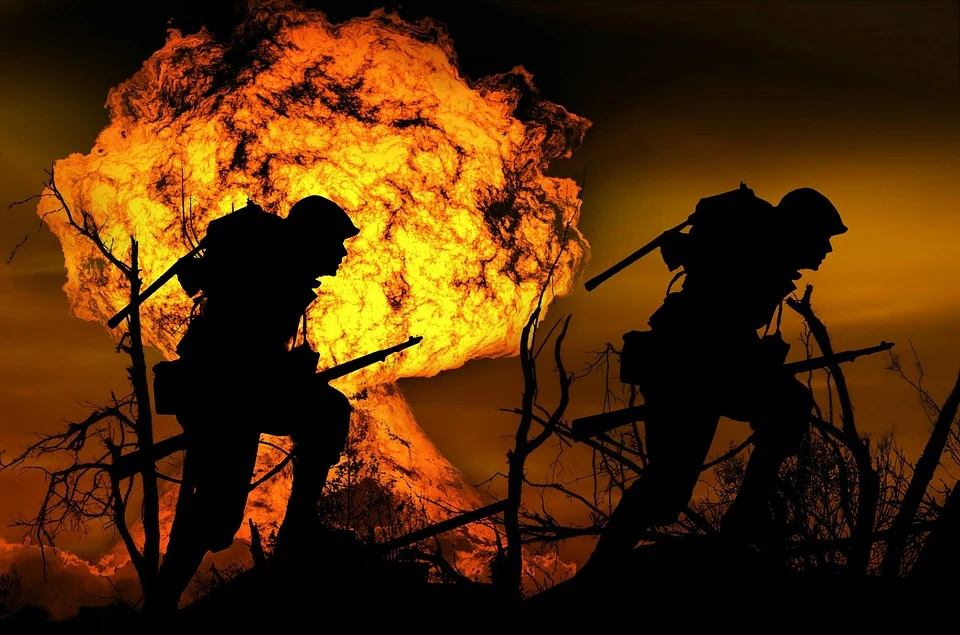Now Reading: Burn Pit Syndrome: One of the Things We Don’t Talk About Too Often
-
01
Burn Pit Syndrome: One of the Things We Don’t Talk About Too Often

Burn Pit Syndrome: One of the Things We Don’t Talk About Too Often
An airborne hazard is defined as a toxic substance in the air humans are exposed to when they breathe. Some military service members have been affected by airborne contaminants such as sand, dust, air pollution, aircraft exhaust, smoke, fumes, and smoke emitted from oil well fires.
The VA is aware that veterans are concerned about how the fumes and smoke they inhaled from working near burn pits can affect their health. In areas like Afghanistan and Iraq, burning trash and waste materials in an outdoor pit is common. Since this practice has proved to be hazardous to human health, the Department of Defense has closed most sites with plans to gradually close all of them.
Factors That Contribute To Burn Pit Syndrome
Depending on several factors, veterans could experience health issues related to burn pit exposure. These factors, such as the weather, other airborne toxins in the area, and the amount of time spent in the vicinity of the site could determine if victims have a high or low risk to manifest health problems. These could be both short or long-term; also, they can be of varying intensities.
Experts from the VA and other researchers are currently evaluating hazards in the air, such as burn pits and other environmental exposures connected to military service. Ongoing research will make it easier to understand the long-term health issues brought on by service-connected exposure. This will also help provide better medical care to veterans.
Some health conditions from burn pit exposure are short-term. These should subside after an individual is no longer in the vicinity of toxins. However, there are some long-term issues as well that can come from burn pit exposure. These are just part of the many dangerous illnesses or injuries veterans experience during their time as active duty service members.
What Was Burned in These Pits?
Several different materials were incinerated in burn pits, including:
- Lubricants
- Petroleum
- Human and medical waste
- Paint
- Chemicals
- Aluminum
- Metal cans
- Food waste
- Rubber
- Wood
- Plastics
Exposure to the smoke released by burning the above-mentioned items can cause eye and throat irritation, breathing difficulties, skin rashes, and coughing. These symptoms are often temporary and will go away once exposure is over. However, military members who were around burn pits for an extended period are at higher risk of long-term health issues.
Benefits and Health Care
The VA understands that exposure to the toxins emitted in burn pits is a significant concern for veterans. If you are concerned about exposure to hazardous materials during your time of active duty, you should talk to your health provider. They are likely to be informed about the latest scientific research on the subject. Also, consider applying for VA health care if you have not done so already.
As a veteran, you can file a claim for benefits. To qualify, it is essential to be present in the Airborne Hazards and Open Burn Pit Registry (AHOBPR). Also, you must submit a copy of the questionnaire registry to provide evidence for your claim.
This information allows the VA to assess your exposure to burn pit toxins, the circumstances of your military service, and your current health needs. This increases the chances you will receive a settlement if you were exposed to burn pits, particularly during the Persian Gulf War on or after 9/11; or if stationed in Uzbekistan or Afghanistan during the Persian Gulf War.
Final Thoughts
If you need assistance with getting disability benefits for burn pit exposure, it is best to contact a lawyer specialized in VA disability cases. Your attorney can help you verify if you were directly affected by exposure.
Also, they can help increase your chances of getting the compensation you deserve for service-related health problems. Many law firms offer a free initial consultation that allows you to discuss your case with an experienced lawyer and get a general idea about how to proceed.
Author:










